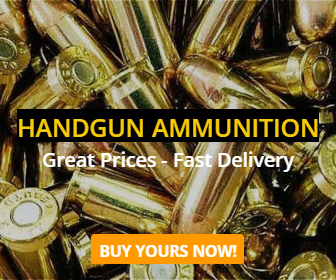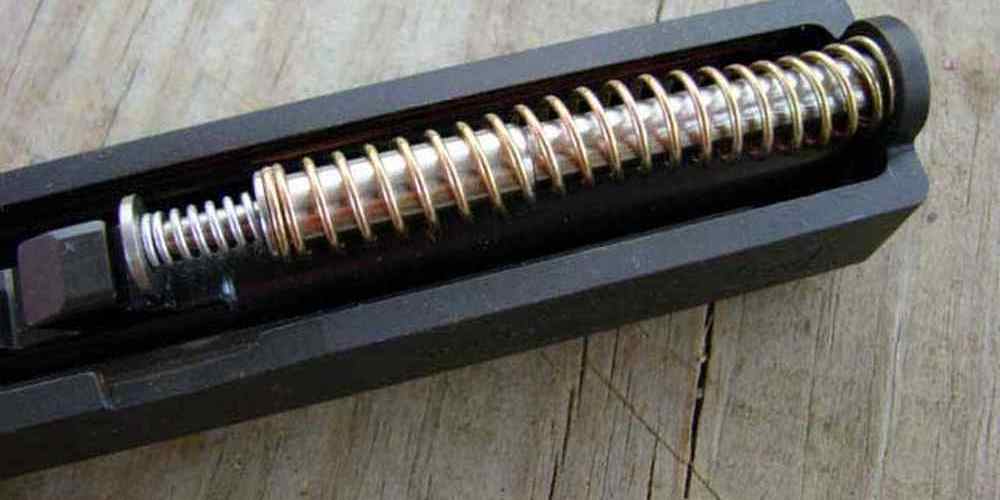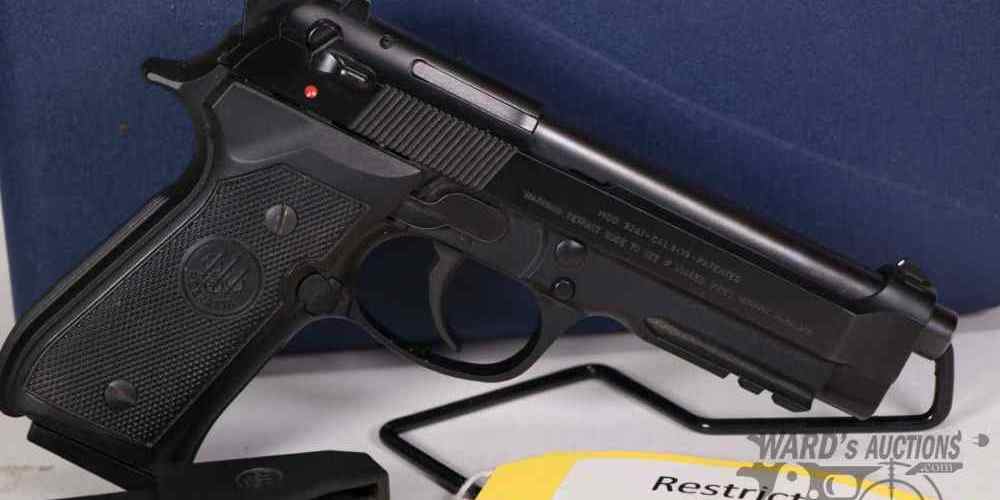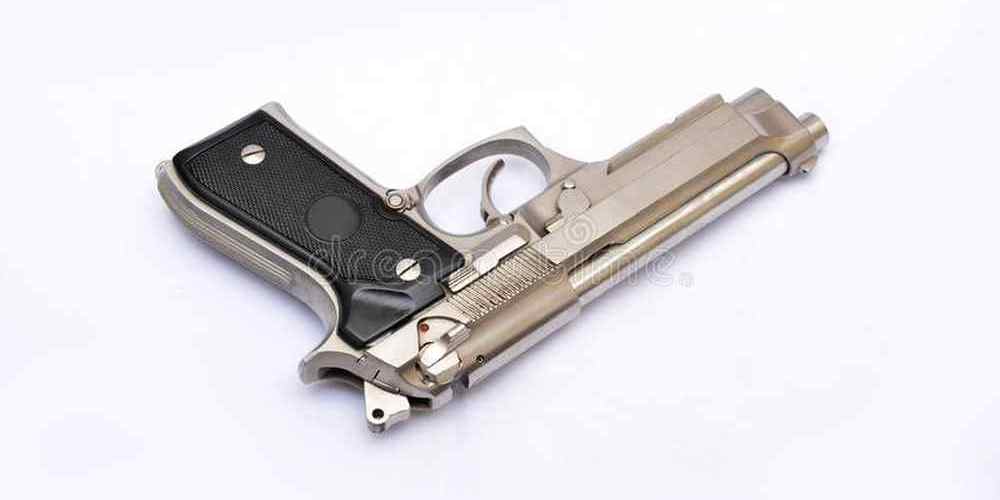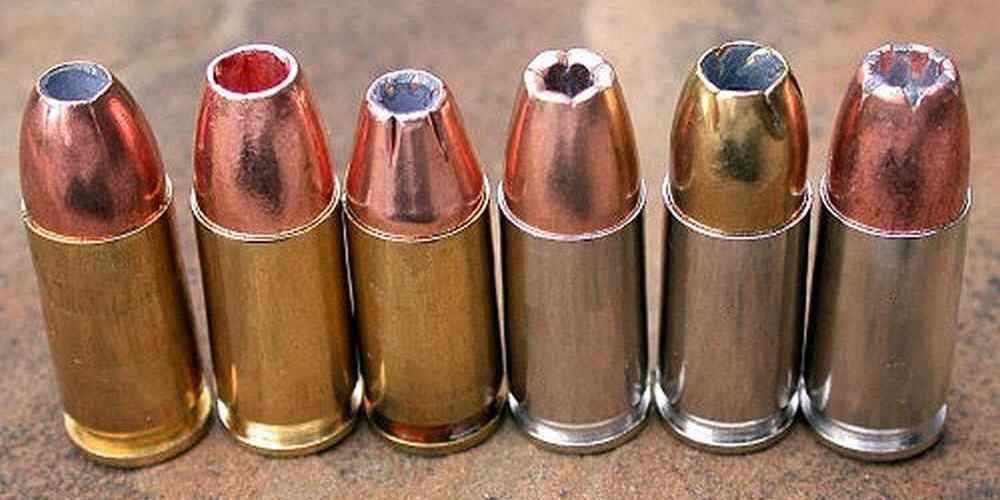“Barrel length matters: unlocking the full potential of semi-auto ammunition.”
Impact of Barrel Length on Semi-Auto Ammunition Performance
When it comes to choosing the right ammunition for your semi-automatic firearm, there are a variety of factors to consider. One important factor that often gets overlooked is the impact of barrel length on ammunition performance. The length of the barrel can have a significant effect on how well a particular type of ammunition performs in your firearm.
Barrel length plays a crucial role in determining the velocity and accuracy of a bullet as it travels down the barrel. A longer barrel allows for more time for the gunpowder to burn and propel the bullet forward, resulting in higher muzzle velocity. This increased velocity can lead to better accuracy and more consistent performance.
On the other hand, a shorter barrel may not allow for as much time for the gunpowder to burn, resulting in lower muzzle velocity. This can lead to decreased accuracy and performance, especially at longer distances. Additionally, a shorter barrel may also produce more muzzle flash and recoil, which can affect your ability to quickly and accurately follow up shots.
It’s important to note that not all types of ammunition will perform the same in different barrel lengths. Some types of ammunition are specifically designed for use in shorter barrels, while others may perform better in longer barrels. It’s essential to test different types of ammunition in your firearm to determine which performs best for your specific barrel length.
Another factor to consider when choosing ammunition for your semi-automatic firearm is the type of bullet used. Different types of bullets, such as full metal jacket, hollow point, or soft point, can have varying performance characteristics depending on the barrel length. For example, hollow point bullets are designed to expand upon impact, making them ideal for self-defense situations. However, they may not perform as well in shorter barrels due to decreased muzzle velocity.
In addition to barrel length and bullet type, the weight of the bullet can also impact performance. Heavier bullets typically have higher muzzle energy and may perform better in longer barrels. Lighter bullets, on the other hand, may have higher muzzle velocity but may not penetrate as deeply as heavier bullets. It’s essential to consider the intended use of your firearm when selecting the appropriate bullet weight for your barrel length.
Overall, the interplay of barrel length and semi-auto ammunition performance is a crucial factor to consider when choosing ammunition for your firearm. Testing different types of ammunition in your firearm and varying barrel lengths can help you determine which combination works best for your specific needs. By understanding how barrel length affects ammunition performance, you can make informed decisions when selecting ammunition for your semi-automatic firearm.
Optimal Barrel Length for Semi-Auto Ammunition
When it comes to choosing the right barrel length for your semi-automatic firearm, there are a few key factors to consider. One of the most important considerations is how the barrel length will impact the performance of the ammunition you plan to use. The interplay between barrel length and ammunition performance is a complex one, but understanding the basics can help you make an informed decision.
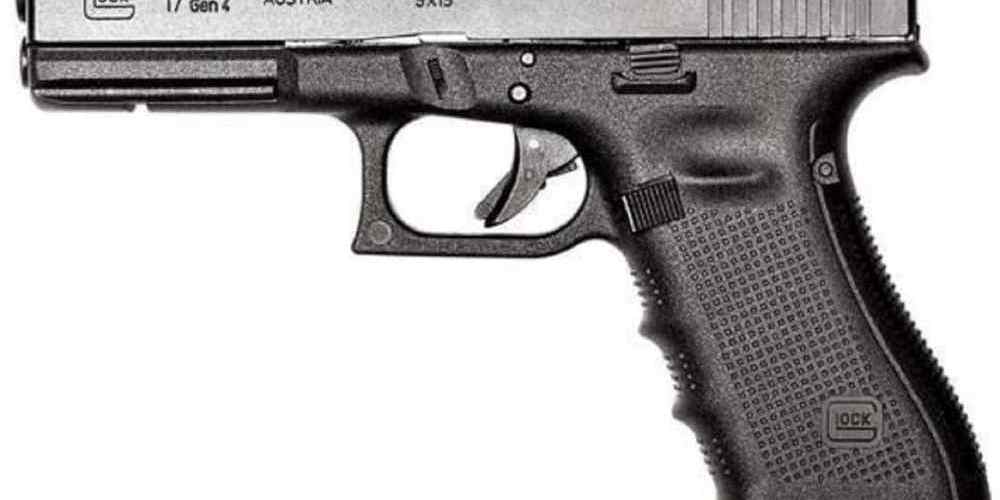
In general, shorter barrels tend to produce lower muzzle velocities, while longer barrels can increase muzzle velocities. This is due to the fact that the burning powder in the cartridge has less time to build up pressure and propel the bullet forward in a shorter barrel. On the other hand, a longer barrel allows for more complete combustion of the powder, resulting in higher velocities.
However, it’s important to note that there is a point of diminishing returns when it comes to barrel length and velocity. Once a certain length is reached, the additional length of the barrel will not significantly increase muzzle velocity. This is because the powder has already burned completely by the time the bullet exits the barrel.
Another factor to consider when choosing a barrel length is the type of ammunition you plan to use. Different types of ammunition perform best with different barrel lengths. For example, lighter bullets tend to perform better with shorter barrels, while heavier bullets may benefit from a longer barrel.
Additionally, the type of powder used in the ammunition can also impact the performance with different barrel lengths. Some powders burn more efficiently in shorter barrels, while others may perform better in longer barrels. It’s important to experiment with different types of ammunition and barrel lengths to find the optimal combination for your specific needs.
In addition to velocity, barrel length can also impact accuracy and recoil. A longer barrel can provide a longer sight radius, which can help improve accuracy. Additionally, the added weight of a longer barrel can help reduce recoil, making it easier to stay on target for follow-up shots.
On the other hand, a shorter barrel can be more maneuverable and easier to handle in tight spaces. This can be especially important for self-defense or tactical situations where quick target acquisition is crucial.
Ultimately, the optimal barrel length for your semi-automatic firearm will depend on a variety of factors, including the type of ammunition you plan to use, your shooting style, and your intended use for the firearm. It’s important to experiment with different barrel lengths and types of ammunition to find the combination that works best for you.
In conclusion, the interplay between barrel length and ammunition performance is a complex one that requires careful consideration. By understanding how barrel length impacts velocity, accuracy, and recoil, you can make an informed decision when choosing the optimal barrel length for your semi-automatic firearm. Experimenting with different barrel lengths and types of ammunition is key to finding the combination that works best for your specific needs.
Factors Affecting Performance in Semi-Auto Firearms
When it comes to semi-automatic firearms, there are a variety of factors that can affect their performance. One of the key factors that often gets overlooked is the barrel length of the firearm. The length of the barrel can have a significant impact on how well a semi-auto firearm functions, particularly when it comes to ammunition performance.
Barrel length plays a crucial role in the performance of a semi-auto firearm because it affects the speed at which the bullet travels down the barrel. A longer barrel allows for more time for the gunpowder to burn and propel the bullet forward, resulting in higher muzzle velocity. This can lead to increased accuracy and range, as well as improved terminal ballistics.
On the other hand, a shorter barrel may not allow for as much time for the gunpowder to burn, resulting in lower muzzle velocity. This can lead to decreased accuracy and range, as well as reduced terminal ballistics. Additionally, a shorter barrel may also produce more muzzle flash and recoil, which can affect the shooter’s ability to stay on target.
In general, longer barrels are preferred for semi-auto firearms because they tend to offer better performance. However, there are some trade-offs to consider. Longer barrels can be heavier and more cumbersome, making the firearm less maneuverable. They can also be more difficult to conceal, which may be a concern for some users.
When it comes to ammunition performance, the interplay between barrel length and bullet weight is also important to consider. Heavier bullets typically require more time to accelerate down the barrel, which means they may benefit from a longer barrel. Lighter bullets, on the other hand, may not require as much time to accelerate and may perform well in a shorter barrel.
Another factor to consider is the type of ammunition being used. Different types of ammunition may perform differently in various barrel lengths. For example, some ammunition may be optimized for use in shorter barrels, while others may be better suited for longer barrels. It’s important to test different types of ammunition in your firearm to determine which performs best for your specific setup.
In conclusion, barrel length plays a crucial role in the performance of semi-auto firearms, particularly when it comes to ammunition performance. Longer barrels generally offer better performance, but there are trade-offs to consider. It’s important to test different types of ammunition in your firearm to determine which performs best for your specific setup. By understanding the interplay between barrel length and ammunition performance, you can optimize the performance of your semi-auto firearm.
Testing and Comparing Barrel Lengths in Semi-Auto Firearms
When it comes to semi-automatic firearms, one of the key factors that can greatly impact performance is the barrel length. The length of the barrel can affect everything from accuracy and velocity to recoil and overall handling. In this article, we will explore the interplay between barrel length and semi-auto ammunition performance, and how different barrel lengths can influence the shooting experience.
To begin, let’s discuss the basics of barrel length and how it can impact the performance of a semi-automatic firearm. In general, a longer barrel will result in higher muzzle velocity, which can lead to greater accuracy and longer effective range. This is because a longer barrel allows for more time for the propellant gases to act on the bullet, increasing its velocity as it exits the barrel.
On the other hand, a shorter barrel will typically result in lower muzzle velocity, which can impact accuracy and range. However, a shorter barrel can also offer benefits such as improved maneuverability and reduced weight, making it a popular choice for certain applications.
When it comes to semi-auto ammunition performance, the relationship between barrel length and velocity is crucial. Different types of ammunition will perform differently depending on the length of the barrel. For example, a high-velocity round may benefit from a longer barrel, while a low-velocity round may perform better in a shorter barrel.
In addition to velocity, barrel length can also impact recoil. A longer barrel can help to reduce felt recoil by spreading out the force of the expanding gases over a greater distance. This can make shooting more comfortable and allow for faster follow-up shots. On the other hand, a shorter barrel may result in more felt recoil, which can affect accuracy and overall shooting experience.
When testing and comparing barrel lengths in semi-auto firearms, it is important to consider a variety of factors. These include the type of ammunition being used, the intended application of the firearm, and the shooter’s preferences and shooting style. By carefully considering these factors, shooters can determine the optimal barrel length for their specific needs.
In conclusion, the interplay between barrel length and semi-auto ammunition performance is a complex and important factor to consider when choosing a firearm. By understanding how different barrel lengths can impact velocity, accuracy, recoil, and overall shooting experience, shooters can make informed decisions about which firearm is best suited to their needs. Whether you prefer a longer barrel for increased accuracy or a shorter barrel for improved maneuverability, there are a variety of options available to suit every shooter’s preferences.
Balancing Barrel Length and Ammunition Performance in Semi-Auto Firearms
When it comes to semi-automatic firearms, there are many factors that can affect their performance. One of the most important factors to consider is the barrel length of the gun. The length of the barrel can have a significant impact on the performance of the ammunition being used. In this article, we will explore the interplay between barrel length and ammunition performance in semi-auto firearms.
Barrel length plays a crucial role in determining the velocity and accuracy of a bullet. A longer barrel typically results in higher muzzle velocity, which can lead to better accuracy and increased energy transfer upon impact. On the other hand, a shorter barrel may sacrifice some velocity but can offer better maneuverability and handling in tight spaces.
When it comes to semi-auto firearms, the relationship between barrel length and ammunition performance becomes even more complex. Different types of ammunition may perform better or worse depending on the length of the barrel. For example, some ammunition may be optimized for use in shorter barrels, while others may be designed for longer barrels.
In general, shorter barrels tend to work better with lighter ammunition, while longer barrels are more suited for heavier ammunition. This is because lighter ammunition typically burns faster and reaches peak velocity more quickly, making it ideal for shorter barrels. On the other hand, heavier ammunition may benefit from the increased dwell time in a longer barrel, allowing for more complete combustion and higher muzzle velocity.
It is important to note that the relationship between barrel length and ammunition performance is not always straightforward. Factors such as bullet weight, powder charge, and bullet design can all influence how a particular type of ammunition performs in a given barrel length. Additionally, the specific design of the firearm, including the chamber dimensions and rifling twist rate, can also impact ammunition performance.
When selecting ammunition for a semi-auto firearm, it is important to consider the intended use of the gun. For example, if you are using the firearm for self-defense or home defense, you may want to choose ammunition that is optimized for shorter barrels to maximize velocity and energy transfer. On the other hand, if you are using the firearm for long-range shooting or hunting, you may opt for heavier ammunition that performs better in longer barrels.
Ultimately, the key to balancing barrel length and ammunition performance in semi-auto firearms is to experiment with different types of ammunition and barrel lengths to find the combination that works best for your specific needs. By understanding the interplay between barrel length and ammunition performance, you can optimize the performance of your semi-auto firearm and achieve the desired results in terms of accuracy, velocity, and energy transfer.
In conclusion, barrel length plays a critical role in determining the performance of ammunition in semi-auto firearms. By considering factors such as bullet weight, powder charge, and barrel length, you can optimize the performance of your firearm for your specific needs. Experimenting with different types of ammunition and barrel lengths will help you find the perfect balance between velocity, accuracy, and energy transfer in your semi-auto firearm.


